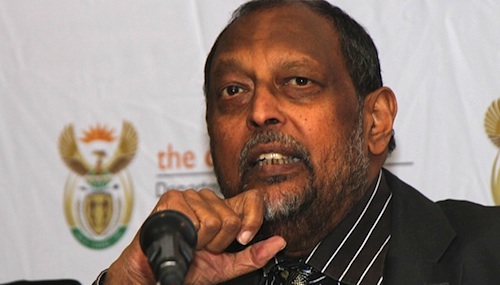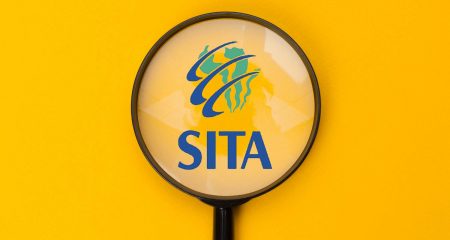
SA’s information and communication technologies (ICT) market grew to R179bn last year, communications minister Roy Padayachie said on Tuesday.
Speaking during debate on his department’s budget in the national assembly, he told MPs it was forecast to hit R187bn this year, and R250 bn by 2020.
While mobile communications continued to experience such “unprecedented growth”, Internet connectivity to homes remained low. “Many South Africans still rely on broadband services at their place of work to access the Internet, hence broadband penetration stands at approximately 5% of the population.”
Padayachie said the rate of expansion of the Internet in SA would decline over the next four years.
“Current research indicates that under conditions characterised by high cost of services, saturation in urban markets and limited access in rural areas, the rate of expansion of the Internet in SA will decline from above 15%, to 10%/year by 2015.
“This projection envisages 11,3m Internet users by 2015, which is approximately 22% of the population. To address this deficit, we will work with key stakeholders — which includes organised labour, civil society and academia — towards the development of a shared ‘Vision 2020’ for the country.”
On the country’s planned switch-over to digital television broadcasting by December 2013, he reported this was on track. “Significant progress has already been made in implementing the broadcasting digital migration policy for SA.
“A successful trial conducted by broadcasters and the signal distributor has demonstrated that SA is ready with the process of migrating from analogue terrestrial television to digital terrestrial television using the adopted DVB-T2 standard.”
Next month, signal distributor Sentech would switch on the first DVB-T2 test transmission at the Brixton tower in Johannesburg, targeting townships and informal settlements around the Johannesburg metropolitan area.
“By end 2012, Sentech will have upgraded the existing infrastructure to DVB-T2 to cover 80% of the population. We intend to achieve 100% population coverage by the end of 2013, to enable analogue signal switch-off,” Padayachie said.
On the set-top boxes (STBs) necessary to receive the digital signal, he said a manufacturing strategy and “scheme for the framework for ownership support” would be submitted to the cabinet in August this year.
“We are consulting widely with industry and relevant stakeholders towards finalising this process. This will pave the way for us to select the preferred STB manufacturers for the subsidised market by November 2011, and deploy the necessary infrastructure for the distribution of the subsidised STBs,” he said. — Sapa
- Subscribe to our free daily newsletter
- Follow us on Twitter or on Facebook




